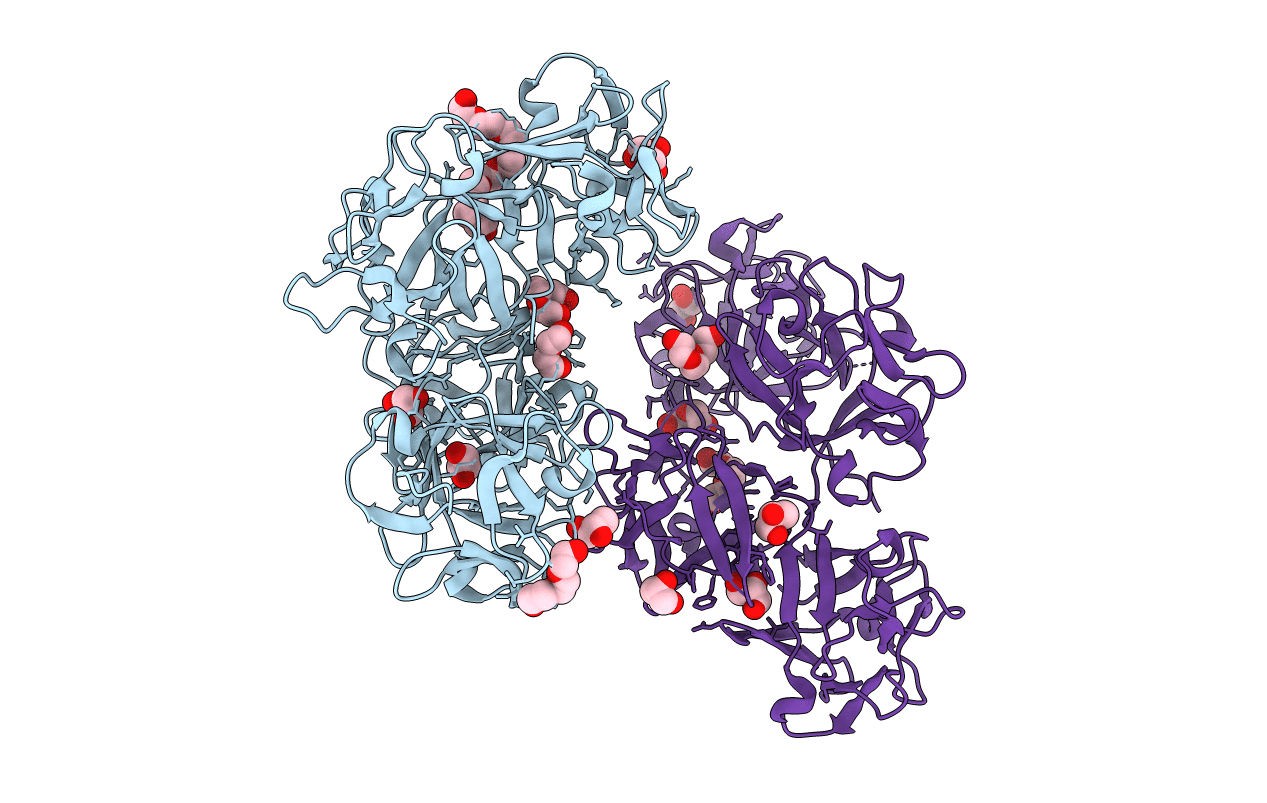
Deposition Date
2010-10-07
Release Date
2011-06-29
Last Version Date
2024-02-21
Method Details:
Experimental Method:
Resolution:
2.00 Å
R-Value Free:
0.22
R-Value Work:
0.17
R-Value Observed:
0.17
Space Group:
C 1 2 1


